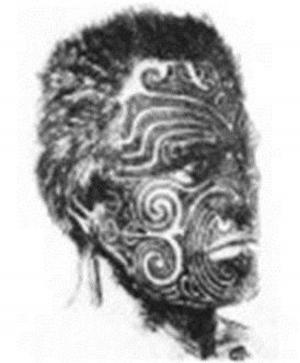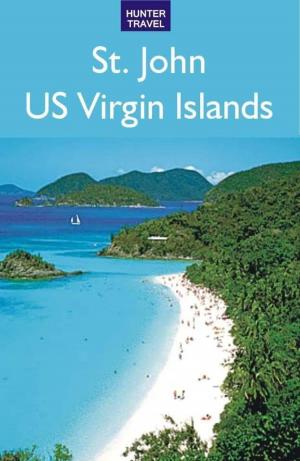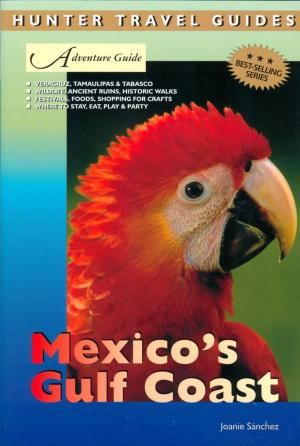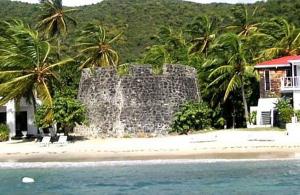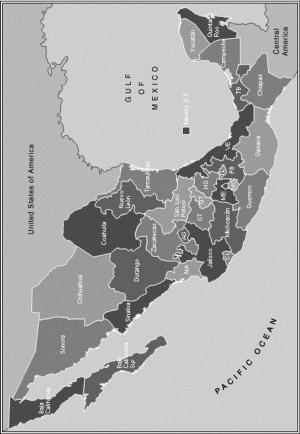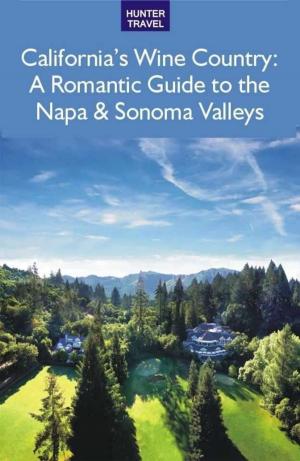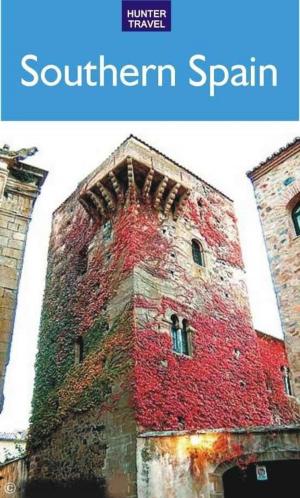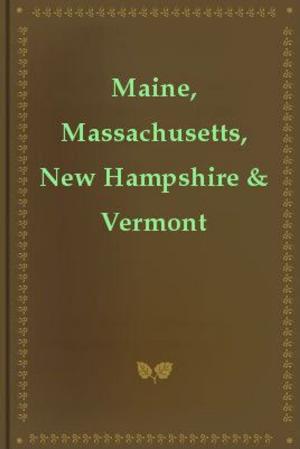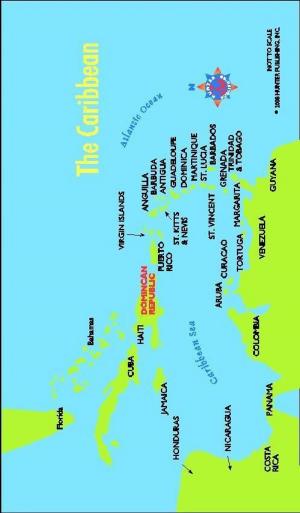| Author: | John Waggoner | ISBN: | 9781588437938 |
| Publisher: | Release Date: April 22, 2011 | Publication: | April 22, 2011 |
| Imprint: | Language: | English |
| Author: | John Waggoner |
| ISBN: | 9781588437938 |
| Publisher: | Release Date: April 22, 2011 |
| Publication: | April 22, 2011 |
| Imprint: | |
| Language: | English |
For many travelers, exploring the Amazon is the dream of a lifetime. Within this wet, breathing biomass is one-fifth of the worlds fresh ground water. There are close to four million square miles of rainforest in the Amazon, much larger than many countries of the world. On the Brazilian side alone, three-fifths of the countrys landmass is in the Amazon, including the Amazon River, the longest in the world. The region is incredibly important to Brazilian history and culture. For this reason, when people think of the Amazon they typically think of Brazil. Sometimes called by the generic term Amazônia, the region got its name from the Spanish friar Gaspar de Cavajal, who chronicled the voyage up the great river of explorer Francisco de Orellana in the early 16th century. The friar wrote that women warriors attacked their ship, supposedly to capture them for procreation before killing them like the mythical Amazons of ancient Greece. The reality is that Amazônia is one of the least populous regions in the world. Like Brazil itself, it is a region of contrasts, with limited infrastructure, but with some of the worlds richest resources of produce, timber and minerals. Outside the cities, visitors rapidly come in contact with the traditional subsistence lifestyle of the caboclos, as the river dwellers are known. Farther into the forest, the indigenous communities largely maintain their Pre-Colombian ways of life. The wildlife and the ever-changing landscape and riverways make each visit unique. So quickly do the river passages change their course that it is sometimes not possible to return from the jungle along the same route you took going in. Today there are an incredible range of options for visiting this amazing region, from comfortable lodges on stilts over the water to journeys on river boats or rugged expeditions into the deep jungle. This book divides the immense Amazonian region into western and eastern sections, as each has its own unique characteristics. The Western Amazon is the state of Amazonas on the border with Peru, Colombia, and Venezuela. In this region of the Amazon nearly 98% of the rainforest is unspoiled. It is here where the pristine headwaters of the Amazon the Rio Negro and the Rio Solimoes come down from the Andes, far from the modern world. The main port of entry for exploring this region is the jungle metropolis called Manaus. On the eastern side of the Amazon, there are some amazingly beautiful destinations, but there are fewer options as the region has been partially deforested and basic transportation and infrastructure are problematic. The top destination on the eastern side is Pará state, with its rich cultural life, the exotic capital Belém, nearby Ilha de Marajó, and Santarém, up the Amazon River near the border with Amazonas. The author, a longtime resident of Brazil, is Latin America news director for ICIS, an international news agency. The best hotels for every budget are detailed, from beach resorts to country inns, restaurants, attractions and activities are detailed in the cities, towns and villages. Shop-till-you-drop ideas for crystals, native handicrafts, Amazonian fetishes and more. The history, culture and music of the country are examined up-close, taking you into Brazils samba schools, rainforests and amazing nightlife. Includes an easy-to-use language primer.
For many travelers, exploring the Amazon is the dream of a lifetime. Within this wet, breathing biomass is one-fifth of the worlds fresh ground water. There are close to four million square miles of rainforest in the Amazon, much larger than many countries of the world. On the Brazilian side alone, three-fifths of the countrys landmass is in the Amazon, including the Amazon River, the longest in the world. The region is incredibly important to Brazilian history and culture. For this reason, when people think of the Amazon they typically think of Brazil. Sometimes called by the generic term Amazônia, the region got its name from the Spanish friar Gaspar de Cavajal, who chronicled the voyage up the great river of explorer Francisco de Orellana in the early 16th century. The friar wrote that women warriors attacked their ship, supposedly to capture them for procreation before killing them like the mythical Amazons of ancient Greece. The reality is that Amazônia is one of the least populous regions in the world. Like Brazil itself, it is a region of contrasts, with limited infrastructure, but with some of the worlds richest resources of produce, timber and minerals. Outside the cities, visitors rapidly come in contact with the traditional subsistence lifestyle of the caboclos, as the river dwellers are known. Farther into the forest, the indigenous communities largely maintain their Pre-Colombian ways of life. The wildlife and the ever-changing landscape and riverways make each visit unique. So quickly do the river passages change their course that it is sometimes not possible to return from the jungle along the same route you took going in. Today there are an incredible range of options for visiting this amazing region, from comfortable lodges on stilts over the water to journeys on river boats or rugged expeditions into the deep jungle. This book divides the immense Amazonian region into western and eastern sections, as each has its own unique characteristics. The Western Amazon is the state of Amazonas on the border with Peru, Colombia, and Venezuela. In this region of the Amazon nearly 98% of the rainforest is unspoiled. It is here where the pristine headwaters of the Amazon the Rio Negro and the Rio Solimoes come down from the Andes, far from the modern world. The main port of entry for exploring this region is the jungle metropolis called Manaus. On the eastern side of the Amazon, there are some amazingly beautiful destinations, but there are fewer options as the region has been partially deforested and basic transportation and infrastructure are problematic. The top destination on the eastern side is Pará state, with its rich cultural life, the exotic capital Belém, nearby Ilha de Marajó, and Santarém, up the Amazon River near the border with Amazonas. The author, a longtime resident of Brazil, is Latin America news director for ICIS, an international news agency. The best hotels for every budget are detailed, from beach resorts to country inns, restaurants, attractions and activities are detailed in the cities, towns and villages. Shop-till-you-drop ideas for crystals, native handicrafts, Amazonian fetishes and more. The history, culture and music of the country are examined up-close, taking you into Brazils samba schools, rainforests and amazing nightlife. Includes an easy-to-use language primer.



